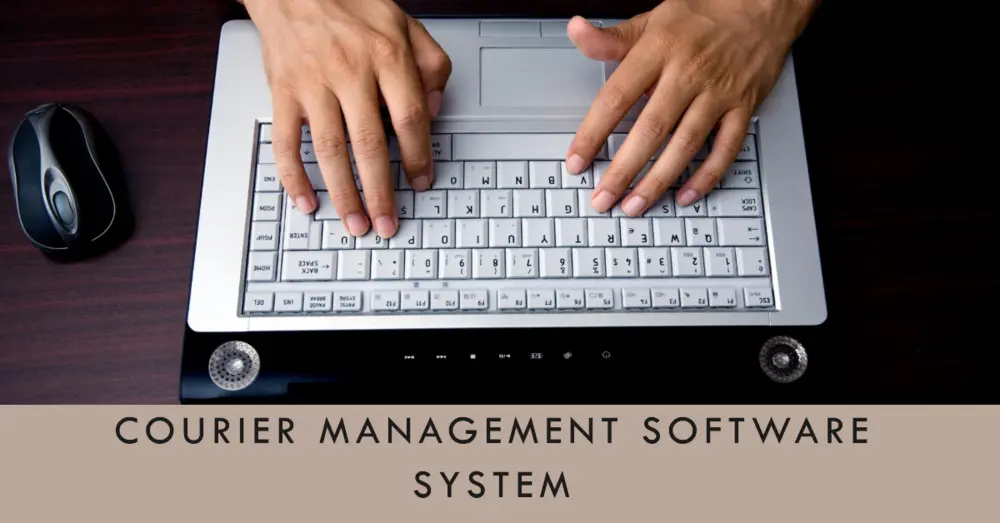When it comes to building complex applications, many businesses are turning to microservices architecture. This approach divides a large application into smaller, more manageable services that work independently yet collaboratively. Unlike rigid structures that bundle everything together, microservices promote a more nimble and scalable system. And if you’re looking to achieve scalable microservices with Python, you are pretty much in the right place. Python’s simplicity and flexibility make it an ideal choice for microservices, helping developers to write clear, concise code that’s easy to maintain and extend as well.
What is Microservices Architecture?
Microservices architecture is a design method where an application consists of small, self-contained services. Each service handles a distinct business function and operates independently, communicating with other services via lightweight protocols such as HTTP or messaging queues. This separation helps each service to be developed, deployed, and scaled on its own, providing substantial flexibility and ruggedness.
Instead of a single and tightly coupled codebase, you have a collection of smaller services that can develop independently. This modular approach helps teams to work on different services simultaneously, speed up development, and reduce the time to market. With microservices, you can mix and match technologies by using the best tools and languages for each specific task.
Core Principles of Microservices
Microservices architecture is built on several basic principles at its core as follows:
Independence: Each microservice is a single unit that can be developed, deployed, and managed independently from the rest. This means changes to one service don’t necessarily impact others which reduces the risk of breaking the whole application.
Loose coupling: Services communicate through well-defined APIs. This makes it easier to update or replace a service without affecting the others. This decoupling encourages flexibility and agility, as developers can make changes and updates without worrying about unforeseen dependencies.
Autonomy: It is also a significant aspect of microservices. Services have their data storage which eliminates the need for a shared database. This separation allows for more control over data and helps maintain a clear boundary between differente applicati parts of thon. Each microservice is designed around business capabilities, focusing on specific functions that align with the organization’s needs.
Benefits of Microservices for Complex Applications
Microservices architecture brings a host of benefits, particularly for complex applications.
Scalability
Scalability is kind of a general advantage. Because each service can be scaled independently, you can allocate resources more effectively based on demand. For example, if a particular service experiences a spike in traffic, you can scale that service alone without having to scale the entire application. This targeted scalability reduces costs and optimizes resource usage.
Flexibility
In a rigid application, a failure in one component can bring down the complete system. But with microservices, a failure in one service doesn’t necessarily affect the others. It improves the application’s overall reliability. This flexibility is particularly valuable for large-scale applications where downtime can lead to significant revenue loss or customer dissatisfaction.
Faster development cycles
Microservices also promote faster development cycles. Because teams can work on different services simultaneously and they can develop and deploy features more quickly. This parallel development speeds up the release of new features and updates, authorizing businesses to adapt more quickly to market shifts or customer feedback.
Tech diversity
It is not like rigid applications that are often tied to a specific technology stack. Microservices permit each service to use the most appropriate technology for its function. This flexibility authorizes teams to use the best tools for the job, whether that means using Python for its simplicity and readability or Java for its strength.
Challenges and Considerations
While microservices provide various benefits, they also come with their own pack of challenges. Managing the increased complexity is umm… kind of a drag. With more services comes more interdependencies that make it harder to track how different parts of the application interact. This complexity can lead to issues with data consistency, latency, and debugging, requiring powerful monitoring and management tools.
Service communication is another challenge. In a microservices architecture, services need to communicate frequently, often over the network. This network communication can introduce latency and affect performance, particularly if services are distributed across different geographic locations. Assuring reliable and efficient communication requires careful planning and a well-designed API strategy.
Security is also a concern in microservices. With multiple services running independently, the attack surface increases, and securing the application becomes a more difficult task. Each service needs to be secured individually, with proper authentication, authorization, and encryption mechanisms in place.
Getting Started with Microservices Using Python
Python has become a popular choice for developing microservices due to its simplicity and ease of use. Its extensive libraries and frameworks, such as Flask and Django, provide the tools needed to build lightweight, scalable services quickly. Python’s dynamic nature also makes it easy to repeat on, making it ideal for environments where requirements change frequently.
To get started with Python for microservices, you’ll need to set up a framework, define your services, and establish communication protocols. Using Docker for containerization can help isolate services which helps in making deployment and scaling more manageable. Kubernetes is another valuable tool for orchestrating containers and managing your microservices architecture effectively.
Conclusion
Microservices architecture offers a powerful solution for building scalable, flexible, and flexible applications, especially when using Python. By breaking down complex applications into smaller, more manageable services, microservices authorize teams to work more efficiently, respond more rapidly to changes, and deploy updates with minimal disturbance. However, it also requires careful planning and management to handle the added complexity and assure rugged security.
If you’re looking to implement microservices in your application, it might be a good idea to hire Python developers for microservices. Their experience can help you navigate the intricacies of microservices architecture and ensure a successful transition from a traditional to a microservices-based application.
Microservices are not just taglines—they represent a fundamental shift in how we build and manage complex applications. With careful planning and the right tools, they can provide a path to more scalable, reliable, and flexible software development.




